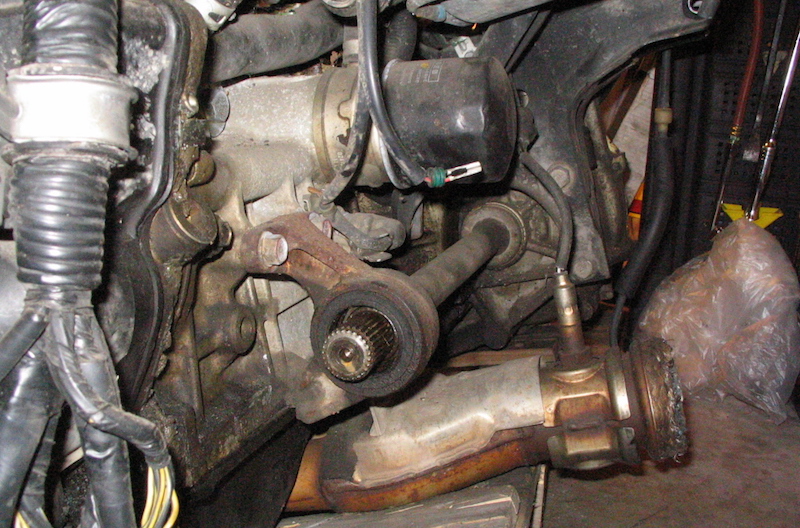
You probably know that an illuminated Check Engine Light (CEL) means that a sensor for a system on your vehicle has registered a reading that's out-of-spec. When that happens, the reading is then stored in your powertrain control module (PCM) as a trouble code, illuminating the dashboard CEL. From there, it's a simple matter for a tech to connect a code reader to the OBD-II diagnostic connector under the dash and access the trouble codes, which gives the tech a nudge in the right direction for troubleshooting.
You probably also know that an emissions-related trouble code and CEL can be enough to fail your vehicle at inspection time, if your area includes emissions testing as part of inspections. In our Check Engine Light series, we're covering several emissions-specific trouble codes and what they mean. In this article, we'll take a look at P0128: coolant thermostat (coolant temperature below thermostat regulating temperature).
Code P0128: Coolant Thermostat (Coolant Temperature Below Thermostat Regulating Temperature) — What It Means
When the engine gets up to normal operating temperature, a few different things are supposed to happen. Fuel metering from the PCM should change, idle speed should drop and the fuel system should enter "closed loop" mode, with feedback from the O2 sensors calculated into an ideal fuel/air ratio of 14.7 to 1. Most PCMs recognize engine operating temperature as 160 degrees F for the coolant, and the engine should reach operating temp within 15 minutes of startup. Additionally, the temperature should not fall below 160 degrees during operation. The PCM records either one of these events being out-of-spec, and a trouble code is registered if it happens a second time.
Symptoms
- Poor fuel economy
- Low reading on temp gauge
- Illuminated CEL
- High idle speed
What Happens If I Ignore It?
Obviously, an engine that doesn't reach operating temperature is less of a problem than one that consistently overheats, which can quickly cause a lot of damage. It's still a problem, though, with the above-mentioned hit to fuel economy, heightened emissions and a heater and defroster that won't perform right.
Possible Fixes
- Stuck thermostat (this is the most common cause)
- Faulty engine coolant temp sensor
- Faulty, damaged or corroded wiring for engine coolant temp sensor
-
Radiator fan relay continuously operates fan
As always, be mindful of any other trouble codes that might be stored along with the P0128 code, as the trouble code could be part of a bigger picture. Before replacing the thermostat, use a multimeter to check resistance at the sensor. The ohm reading should change as the engine warms up. If it doesn't, that's a pretty clear indicator that the sensor has failed and needs to be replaced.
If the sensor checks out okay, the next step is to diagnose a stuck thermostat. The easiest way to do this is to (carefully) feel the radiator hoses and get an idea of the coolant temperature as the engine warms up. The primary hose (from the thermostat) should be barely warm until the engine warms up and the thermostat opens, then it should heat up quickly as hot coolant starts to circulate. If it doesn't heat up, there's a good chance that the thermostat is stuck. Replace the thermostat and gaskets, and flush the cooling system and engine. Then, refill the coolant, bleed the system, and clear the code in the PCM.








